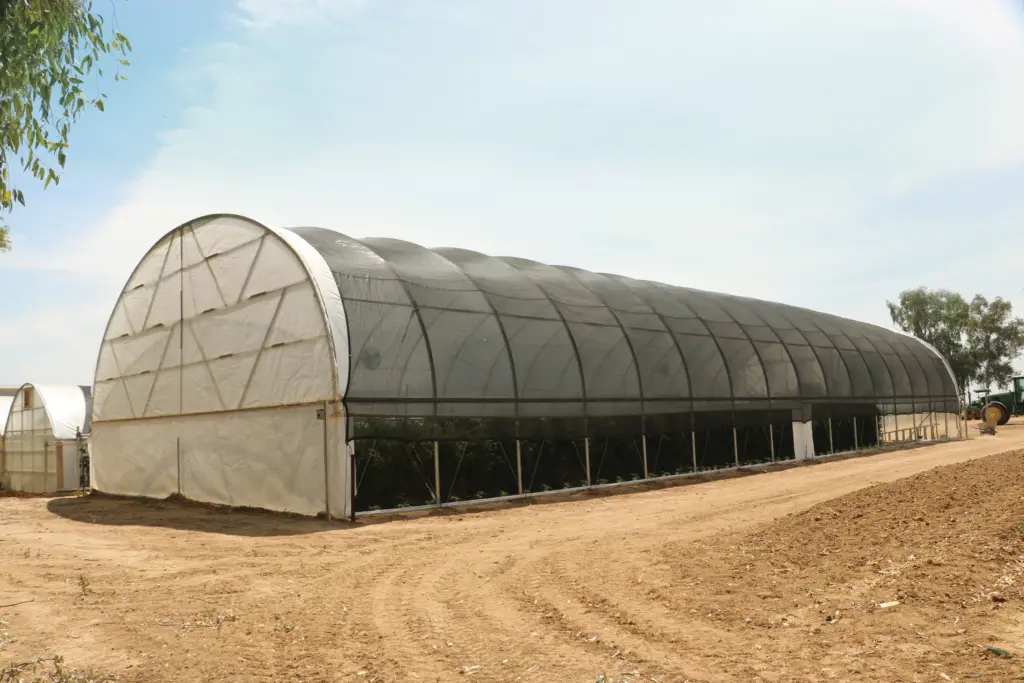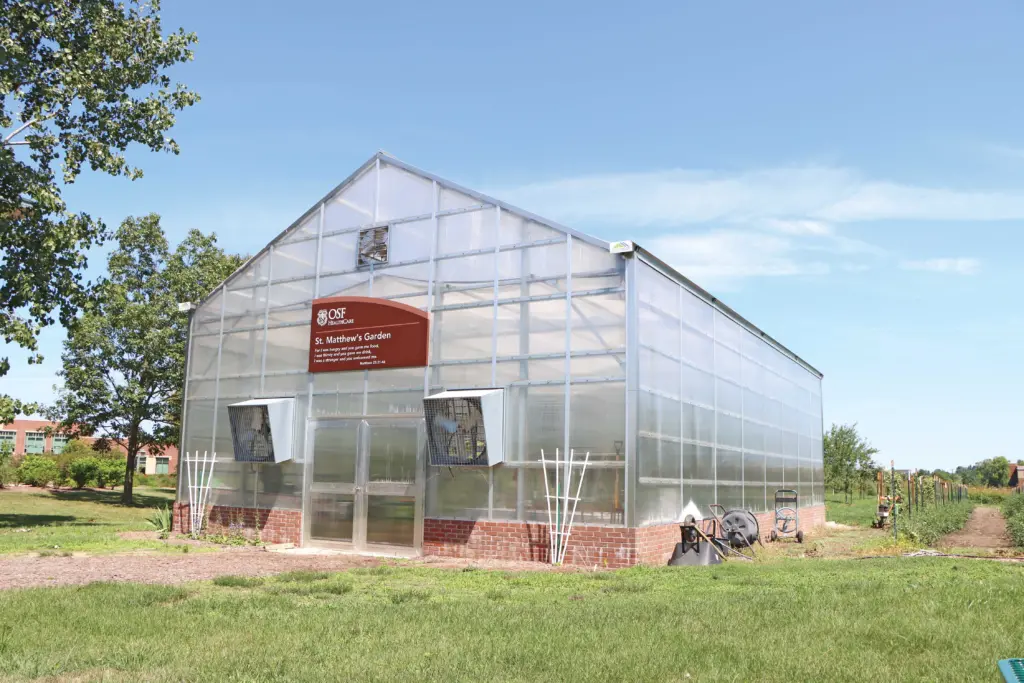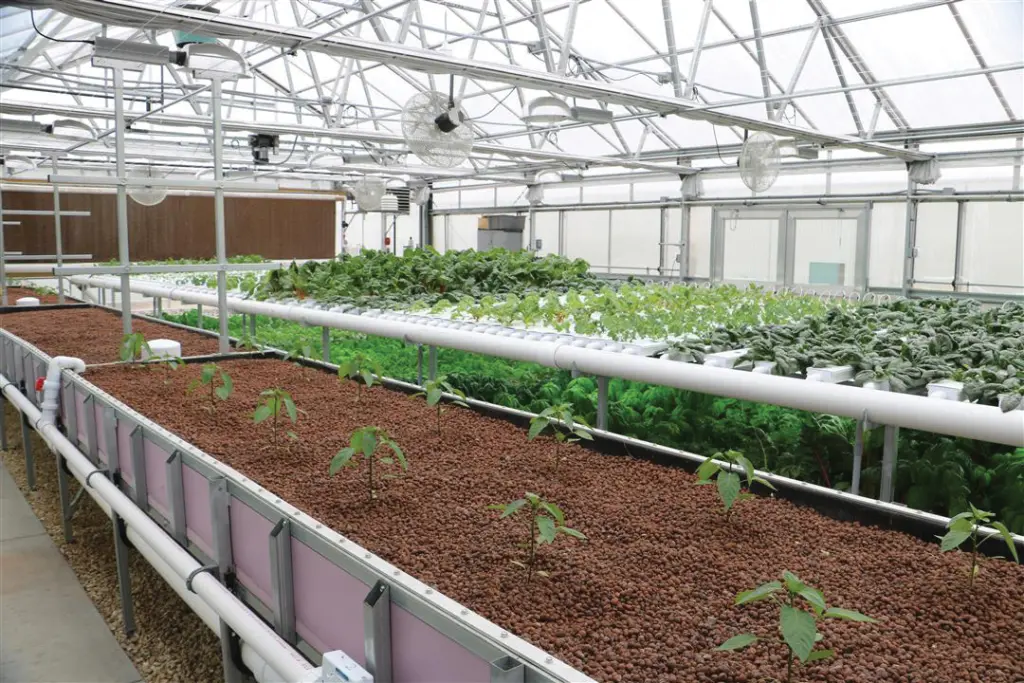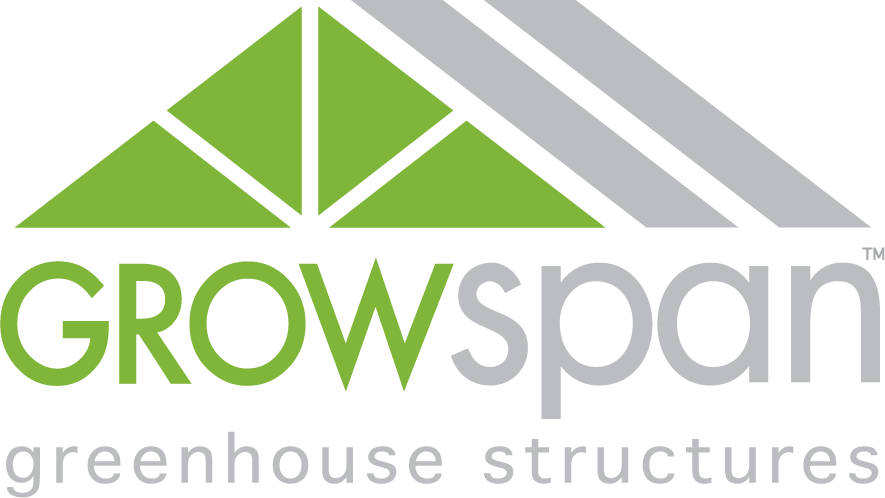Hoop House vs. Greenhouse: Which Should You Choose?
As markets become increasingly competitive and unpredictable weather patterns continue to hinder open-field production, growers are thinking about controlled environment agriculture (CEA) now more than ever. With the right structure, they can gain the protection they need against the elements and achieve superior yields on a regular basis, gaining an edge over competitors.
Two of the most widely used solutions in CEA are the hoop house and the greenhouse. While these structures are vastly different, they can both be used to modify the growing environment and help operations improve their bottom line, whether they are running a small-scale farm or an expansive commercial facility.
When growers debate a hoop house vs. greenhouse for their operation, they will first need to understand the key differences between them, so they can determine which solution is best-suited to their needs. Using this guide as a starting point, growers will learn what kind of materials each structure employs, as well as how they are typically utilized in commercial agriculture.
HOOP HOUSE VS. GREENHOUSE: KEY STRUCTURAL DIFFERENCES
Hoop HOuse
A hoop house is designed to provide growers with a quick, cost-effective way to upgrade their operation. Often called high tunnels, these structures are made from pipe frame and are generally covered with a single-layer poly film.
During installation, hoop houses are placed directly over a plot of soil and attached to ground posts, which are then driven into the ground. Combined with the simplicity of their frame and plastic cover, this semi-permanent anchoring system means growers can move their structure to a new location with relative ease, if needed.
Hoop houses help protect plants from rain, wind and cold weather, allowing growers to produce higher-quality yields for a longer timeframe. By absorbing and trapping heat from the sun, a hoop house’s interior is able to maintain more uniform temperatures on a consistent basis, which means operations can begin planting earlier in the spring and harvest later into fall.

Along with combatting cold temperatures, these structures also do a great job of defending crops from prominent issues that occur in the summertime, like sunscald and heat stress. Their sidewalls can be designed to either roll up or drop down, allowing a natural breeze to travel through and promote passive ventilation. A hoop house can also be equipped with shade material to safeguard crops from harsh sunlight, while still ensuring enough light travels through to facilitate healthy growth.
Unlike greenhouses, hoop houses do not require utility hookups to function at peak efficiency. Although this means operations won’t have the same degree of control over their growing environment, it does help to make the structure more economical, as the only ongoing expense should be replacing its poly film. When cared for properly, a high-quality poly film can last years without breaking down.
Sign Up Now To Learn More
Greenhouse
If growers are looking to establish a completely controlled environment for their crops, greenhouses should be their go-to option. These structures are generally built using higher-quality materials, so they are able to last longer and withstand harsher weather than the average hoop house, as well as maintain a grower’s ideal microclimate.
The materials used to construct a greenhouse often include galvanized steel framing and a thicker greenhouse plastic, like twin-wall polycarbonate. These make greenhouses a more reliable choice for commercial growers, particularly those located in four-season climates, where heavier snowfall is common.
While hoop houses are simply designed to offer a line of defense against cold temperatures and inclement weather, greenhouses can be equipped with an abundance of climate control equipment and growing systems. This allows operations to not only protect their crops, but also dial in their greenhouse environment to help crops reach their full potential.

Some of the most common accessories include ventilation systems, heating and cooling equipment, supplemental lighting, greenhouse controllers and more. Naturally, these require utility access and can make greenhouses more expensive to operate, but employing energy-efficient equipment and an effective greenhouse design can make this cost much more manageable. Additionally, greenhouse growers will likely be able to fetch a higher price for the crops they produce.
See How These Operations Use a GRowSpan Hoop House And Greenhouse
HOOP HOUSE VS. GREENHOUSE: APPLICATIONS AND PRODUCTION METHODS
Season Extension Or Year-Round Growing?
Although they are both effective for implementing CEA, hoop houses and greenhouses are used in different ways, and the structure growers choose will largely depend on how long they want to operate within a calendar year. In general, a hoop house is used by operations to extend their growing season, so they can gain extra harvests in the spring and fall and produce a larger volume of crops.
On the other hand, a large number of growers who invest in a greenhouse desire the ability to produce crops year-round. They may also want to grow a wider selection of plants, like more stubborn varieties or out-of-season crops that can be sold at a premium price.
No matter the choice, growers should be able to harvest larger, higher-quality yields than farmers and gardeners working in an open-field setting. If they are looking for a cost-effective way to extend their growing season, without the need to operate in winter, then a hoop house may be the more sensible option. However, if growers want to run their facility on a year-round basis and produce more diverse crop types, then they can start researching which greenhouse kits will fit their specific needs.
Approaches To Crop Production
Another major difference between a hoop house and greenhouse is the way the structures are utilized. More often than not, hoop houses are used to cover crops that are grown in the ground, while greenhouses take advantage of benching setups, raised beds and hydroponics systems.
As a hybrid between open-field and greenhouse production, some growers may prefer a hoop house, so they can raise crops more naturally using soil. This way, they can implement a similar growing strategy to other outdoor growers, but still benefit from the added protection offered by their structure.
Greenhouse operations can certainly grow plants in soil, whether they are potted or in the ground, but many choose to take advantage of other types of growing media, like coco coir, clay pellets and rock wool. In certain hydroponics systems, growers are able to ditch growing media entirely, suspending plants in a solution that supplies nutrients directly to their root zone.

Hoop houses and greenhouses each have their pros and cons, and both can make excellent choices for an operation, depending on their needs and production goals. By understanding the key differences between the two structures and what their capabilities are, growers can make a more informed decision during the purchasing process and get the solution they need to boost profits year over year.
Debating a hoop house vs. greenhouse for your operation? Whether you want to extend your growing season or operate year-round, please call or REQUEST A QUOTE today and discover GrowSpan’s selection of high tunnels, greenhouses and hoop houses.
Related Articles
5 Of The Most Common Questions Regarding Greenhouse Materials
With all the different types of greenhouses out there, it’s only natural that operations have questions about their potential growing setup.
A Guide For Cold Frame Production And Improving Outdoor Cultivation
By implementing a cold frame, growers can begin producing crops earlier in the spring during cold weather, as well as gain an extra harvest later into fall.
Greenhouse Kits: Finding The Ideal Prefab Greenhouse For Your Operation
Once the time comes for growers to purchase a new greenhouse, it’s important they understand all of their available options.
Top 10 High Tunnel Benefits
High tunnels are generally overlooked structures; however, there are a number of high tunnel benefits that can help give any business a boost.

